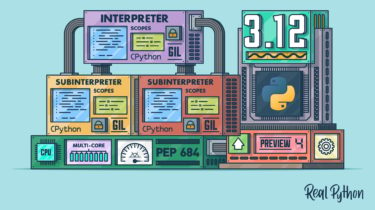AI Frontiers: Measuring and mitigating harms with Hanna Wallach
[MUSIC FADES] Let’s jump right in with this question. How do you make an AI chat system powered by a model like GPT-4 safe for, say, a child to interact with? Now, for me, this question really illustrates the broader challenges that the responsible AI community—which of course you’re a, you know, a very important part of—has confronted over this last year. At Microsoft, this felt particularly acute during the preparation to launch Bing Chat, since that was our flagship […]
Read more

